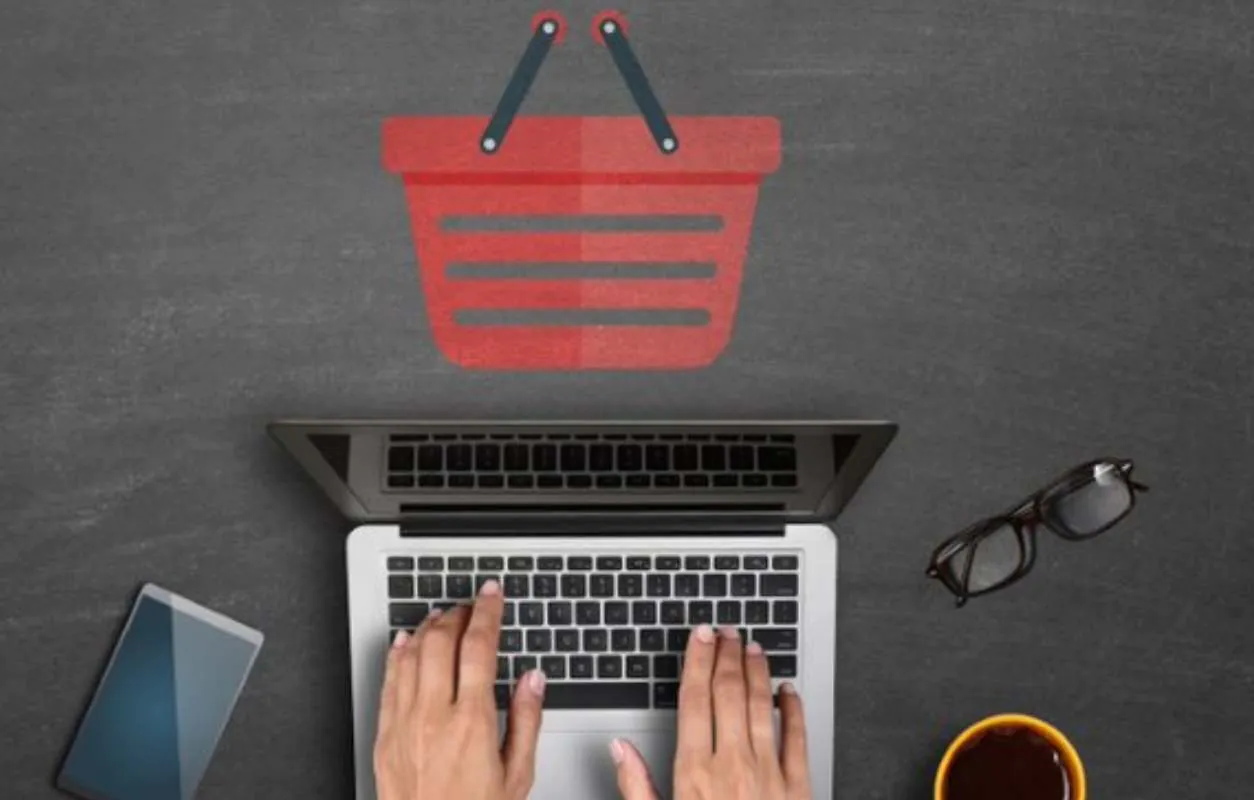Author: Sudeshna Ghosh
Have you ever bought a food product that was newly introduced in the market just by the way its packaging looked? Well, this is precisely why food companies invest heavily in the packaging. Packaging is considered to be the brand’s representative to communicate indirectly to the customers. As far as the players in the food industry are concerned, food packaging is the primary factor that creates an impression of them in the customer’s mind.
Over the years, food packaging companies have constantly been researching and identifying new techniques that can help them be on par with the changing customer perceptions and demands. From the introduction of packaging that can increase the shelf-life of products to sustainable packaging, innovations in food packaging have come a long way. With competitors coming up with new packaging trends each day, the players in the food industry are heavily relying on packaging companies to help them formulate the best designs. We have curated some of the interesting trends that are slowly garnering popularity in food packaging.
What are the Key Food Packaging Trends?

Food packaging is a critical element in the food industry, serving not only to protect and preserve food but also to enhance marketing and consumer engagement. Recent trends in food packaging reflect evolving consumer preferences, technological advancements, and a growing emphasis on sustainability.
Edible Packaging:
This trend focuses on creating packaging that can be consumed along with the food, reducing waste and appealing to environmentally conscious consumers. Examples include KFC's cookie and chocolate coffee mugs and seaweed cups for ice cream.
Nonstick Packaging:
Developed by Liquiglide, this technology features a slippery surface that allows liquids to easily slide out of containers, minimizing waste and ensuring product freshness without affecting taste.
Safety-Enhancing Packaging:
This innovation involves packaging embedded with sensors that detect spoilage, helping consumers and vendors avoid using spoiled products and ensuring food safety.
Disappearing Packaging:
Water-soluble packaging, such as that developed by Monsol LLC for rice and oatmeal, dissolves during cooking, leaving no waste behind and simplifying meal preparation.
Super-Compressed Packaging:
Designed for urban living, this trend focuses on compact and portable packaging solutions that make storage and transportation easier for consumers with limited space.
Edible packaging
The concept of edible packaging has gained traction due to environmental sustainability concerns. KFC has tested edible coffee mugs made of cookie and white chocolate in the UK, while Indonesian company Ong Tek Tjan offers ice creams in seaweed cups to combat plastic waste. This innovative approach not only attracts customers but also reduces landfill waste. However, health and sanitary standards remain a primary concern, as edible packaging must meet strict regulations throughout its journey from production to point-of-sale. Ensuring safety in edible packaging is crucial for consumer acceptance and market viability.
Nonstick packaging
Have you ever felt disappointed looking at the last trails of mayonnaise or ketchup that refuse to come out no matter how hard you squeeze or shake the bottle? Well, say bye to that feeling with nonstick packaging. A company named Liquiglide formulated a packaging technology that has a permanently wet and slippery surface and helps liquids slide easily through the packaging. The coating used on the packaging is FDA-approved. Also, the company states that it wouldn’t affect the taste or smell of the contents inside in any way. And here is some good news for fizzy drinks and beer lovers, liquiglide is said to prevent carbonated beverages from going flat.
Safety-enhancing packaging
You might have heard or experienced instances where a product purchased well in advance of the “sell by” date, is found to be spoilt or in an unusable state. This happens because of the variances in grocery store policies or damages that take place during transportation. The safety-enhancing package is here to rescue vendors and customers from such incidents. According to recent news, scientists are working on plastic wrap-like food packaging that is embedded with tiny sensors that can determine any spoilage in food. Until this technology gets entirely put into practice, you can rely on your senses – if it smells bad, throw it away.
Disappearing package
Food packaging that disappears is an emerging market. Monsol LLC is a company that has been developing water-soluble packaging for pre-portioned rice or oatmeal. All you have to do is drop the packet into the water, and as the ingredients get cooked, the bag dissolves leaving only the ready-to-eat meal. Several other companies are taking inspiration from this and developing dissolving food packaging for several other items such as smoothie containers made of seaweed, and peelable beeswax packages for dry fruits.
Super-compressed packaging
City dwellers usually face the problem of tiny kitchens and limited storage space. Super compressed packaging not only facilitates this but also helps to reduce the trouble of carrying home heavy grocery bags. Several design firms are working on ways in which they can help food industry players offer more compact and portable packaging to customers.
Impact of Sustainability on Packaging Trends
Sustainability is significantly influencing packaging trends as consumers become more environmentally conscious. This shift is prompting businesses to innovate and adopt eco-friendly practices, which not only benefit the planet but also enhance brand loyalty and marketability.
-
Innovation in Materials:The rise of biodegradable, compostable, and recyclable materials, such as plant-based plastics and mushroom packaging, is transforming traditional packaging methods.
-
Circular Economy Practices:Companies are designing packaging for reuse and recyclability, minimizing waste throughout the product lifecycle.
-
Ecological Design:A focus on minimalist and multifunctional packaging reduces environmental impact while appealing to consumers' aesthetic preferences.
-
Transparency and Certification:Brands are prioritizing transparency in sourcing and manufacturing, earning certifications to build consumer trust and differentiate themselves.
-
Smart Packaging Integration:Technology, such as IoT-enabled packaging, enhances product freshness and provides traceability, aligning with sustainability goals.
-
Consumer Education:Brands are increasingly educating consumers on the environmental impact of packaging, promoting responsible purchasing decisions.
The Future of the Food Packaging Industry
The future of the food packaging industry is poised for significant transformation driven by sustainability, technological advancements, and changing consumer preferences. As environmental concerns grow, the industry is adapting to meet new demands while enhancing food safety and convenience.
-
Sustainability Focus:
There is an increasing shift towards eco-friendly materials, such as biodegradable and compostable packaging, driven by consumer demand for sustainable options.
-
Smart Packaging Technologies:
The integration of technology into packaging, including sensors and QR codes, enhances food safety, traceability, and consumer engagement.
-
Flexible Packaging Growth:
Flexible packaging solutions, such as pouches and bags, are becoming more popular due to their adaptability, cost-effectiveness, and reduced waste.
-
Regulatory Changes:
Stricter regulations regarding packaging materials and waste management are expected, pushing companies to innovate and comply with sustainability standards.
-
Rise of Package-Free Options:
The emergence of package-free shops and reusable packaging systems may significantly reduce the need for traditional packaging.
-
Consumer-Centric Design:
Packaging design will increasingly focus on convenience and user experience, catering to the needs of busy consumers seeking easy-to-use solutions.
-
Global Market Expansion:
The food packaging market is projected to grow significantly, with innovations and sustainability driving expansion in both developed and emerging markets.
Some Real-world Examples of Food Packaging Trends
| Trend | Example |
| Sustainable Packaging | Coca-Cola’s PlantBottle, made from up to 30% plant-based materials |
| Minimalist Design | Evian’s limited edition bottles designed by Virgil Abloh feature a simple, minimalist aesthetic |
| Interactive Packaging | Heinz Tomato Ketchup bottles with QR codes that unlock augmented reality games |
| Personalization | Nutella’s “My Name” jars allowing consumers to purchase jars with their name printed on the label |
| Smart Packaging | Apeel Sciences’ plant-derived coating that doubles the shelf life of produce, reducing food waste |
| Transparency | Panera Bread’s “No No List” identifying ingredients they’ve removed from their food |
| Edible Packaging | Skipping Rocks Lab’s Ooho water capsules made from seaweed that are 100% edible and biodegradable |
Conclusion
The food packaging industry is on the cusp of a transformative era, driven by innovative trends that prioritize sustainability, consumer engagement, and advanced technology. Eco-friendly materials, smart sensors, personalized designs, and interactive experiences are reshaping how food products are packaged and perceived. As transparency and waste reduction become paramount, edible packaging and refillable containers are emerging as viable solutions. These trends are not just about protecting products but also about fostering meaningful connections with consumers, promoting environmental responsibility, and leveraging technology to enhance the overall experience. The future of food packaging is poised to redefine the industry, making it more innovative, consumer-focused, and sustainable.


